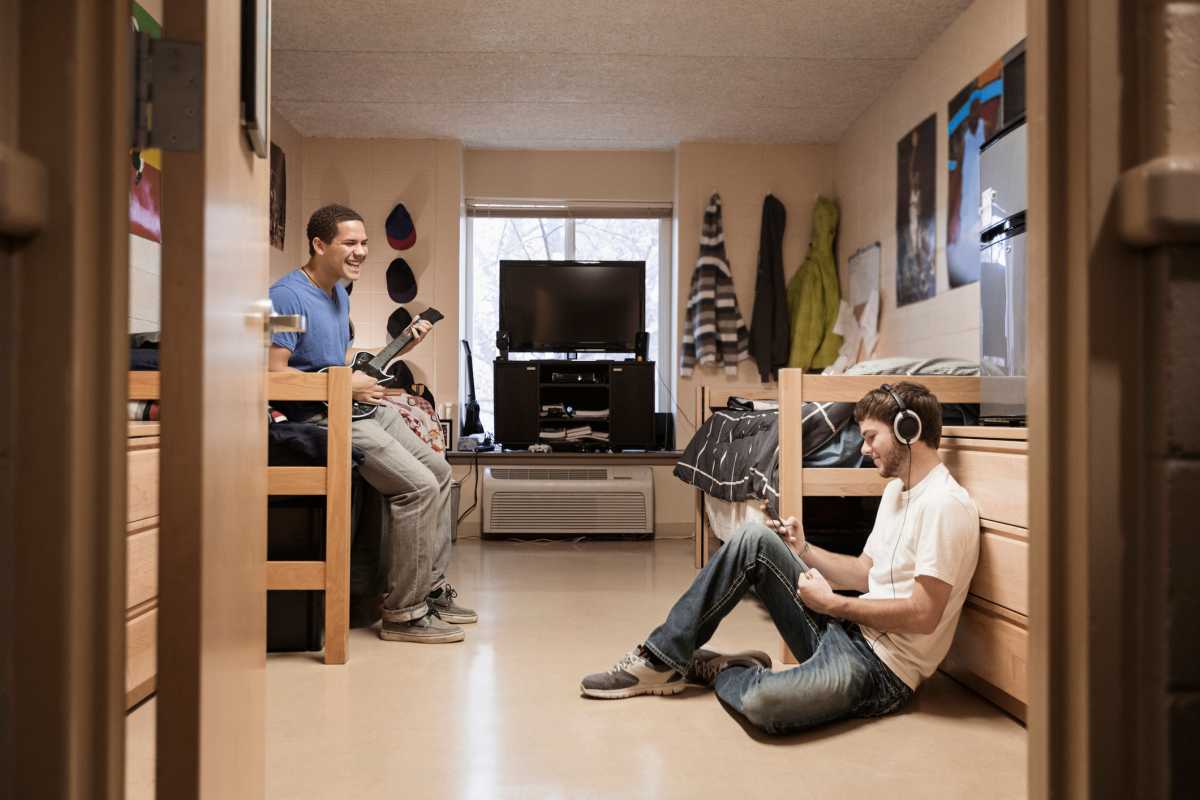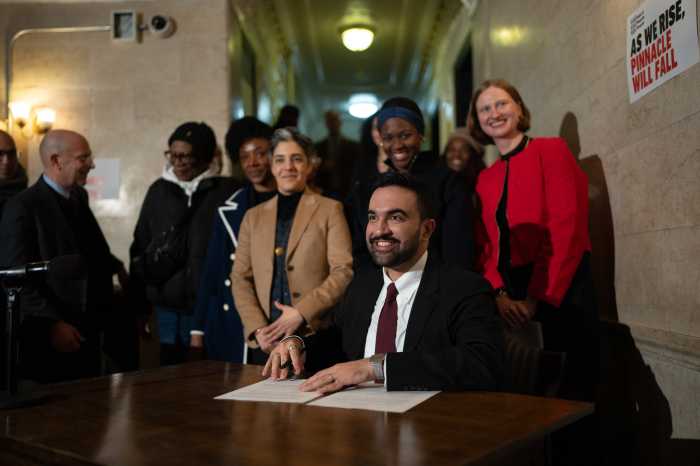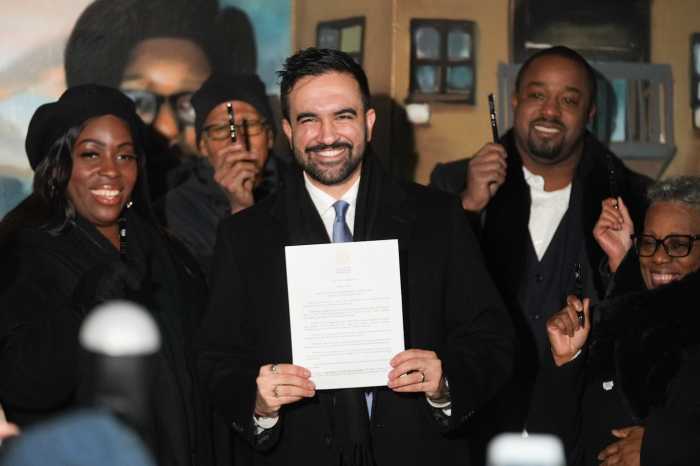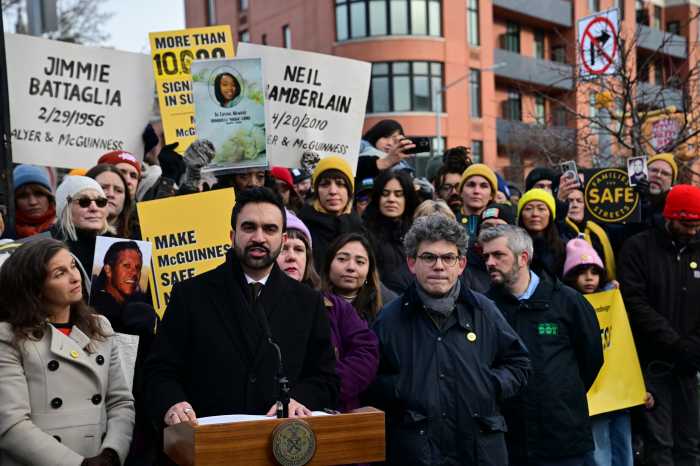Among the provisions in the Adams Administration’s City of Yes plan to alleviate the housing shortage, under review by the City Council, is a proposal to create more “dorm-like” housing units, where residents have their own bedrooms but share a common kitchen and bathrooms. There’s another step the Administration can take with the stroke of a pen: make it easier to build actual college dorms.
Many New Yorkers don’t realize it, but we are a college town, with almost half a million students attending about 130 schools. While many of these students are from here, over 100,000 are from around the country and around the word.
Most schools attracting these students have dorms, but not nearly enough, with an estimated 50,000 students living off campus. They wind up in apartments that would otherwise be occupied by permanent residents, often in de facto dorms with multiple roommates.
The City is trying to promote shared housing for the same reason schools want dorms. They create a sense of community and are more efficient to build than regular apartments because, for example, nine unrelated individuals only need one kitchen instead of three, as the law currently requires.
Despite the demand, only a handful of new dorm buildings have been built in the last twenty years, mostly by the best funded institutions.
Taking on the construction of a new dorm is a daunting task for most schools. The financial commitment for land acquisition and construction is substantial. The school has to devote staff time and resources, and also has to be willing to take the risk of vacancies. Few are, especially after Covid.
Given this, the private sector might be expected to fill the gap, but for all practical purposes, it can’t.
The reason for this is Rule 51, adopted by the NYC Department of Buildings in 2005, and known as “the dorm rule.” What the dorm rule provides is that a building permit for a dormitory not owned by a college or university can only be issued if the project is advance leased to one.
Leasing comes with its own challenges. Many boards are reluctant to sign a long-term lease which then becomes a balance sheet liability and limits what the school can borrow to finance academic buildings. Also, schools are loath to rely on the vagaries of construction without an absolute guarantee that the dorm will be ready for whatever academic year its being promised. Unlike an apartment building, where a few months delay is an inconvenience, missing the beginning of the school year is a disaster, as the building is likely to stay empty until the following Fall.
Its particularly challenging for schools from other states and internationally that would like to have facilities here for specialized programs or for students to be able to experience a “semester in New York” but don’t want to take on a building of their own.
A developer can’t even start construction without having the building entirely leased up and a school won’t sign a lease without knowing when the building will be open and sure it will have enough students to fill it years in the future.
The genesis of Rule 51 was a fear that developers might file dorm plans as a bait and switch because the dormitory zoning designation of “community facility” allows a somewhat bigger building in certain districts. The developer could build the bigger building and then file to convert it to residential after the fact. Rule 51 prevented that, but it also prevented a school from committing to space after the development was under way. It also took away the flexibility of a school to decide that one year it might need 100 beds and another year it might need 200 or only 50.
The Commissioner of Buildings should repeal Rule 51. DOB should require signed leases after construction but before it issued a certificate of occupancy. In this lending environment, banks are going to want strong indications of school interest before they provide a construction loan and not underwrite based on a secret strategy of conversion.
If just a fraction of students took the dorm option, it could free up thousands of apartments. It would also open New York to many more schools looking to have a presence here.
New York’s value proposition is the talent that it attracts, and the city’s colleges and universities are an essential part of attracting them. We need to make it easier for students to have a temporary home away from home without it being at the expense of New Yorkers looking for their own forever homes.
Read More: https://www.amny.com/opinion/








































